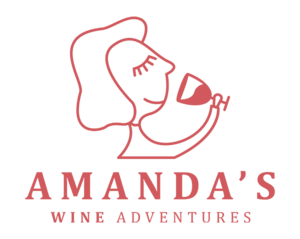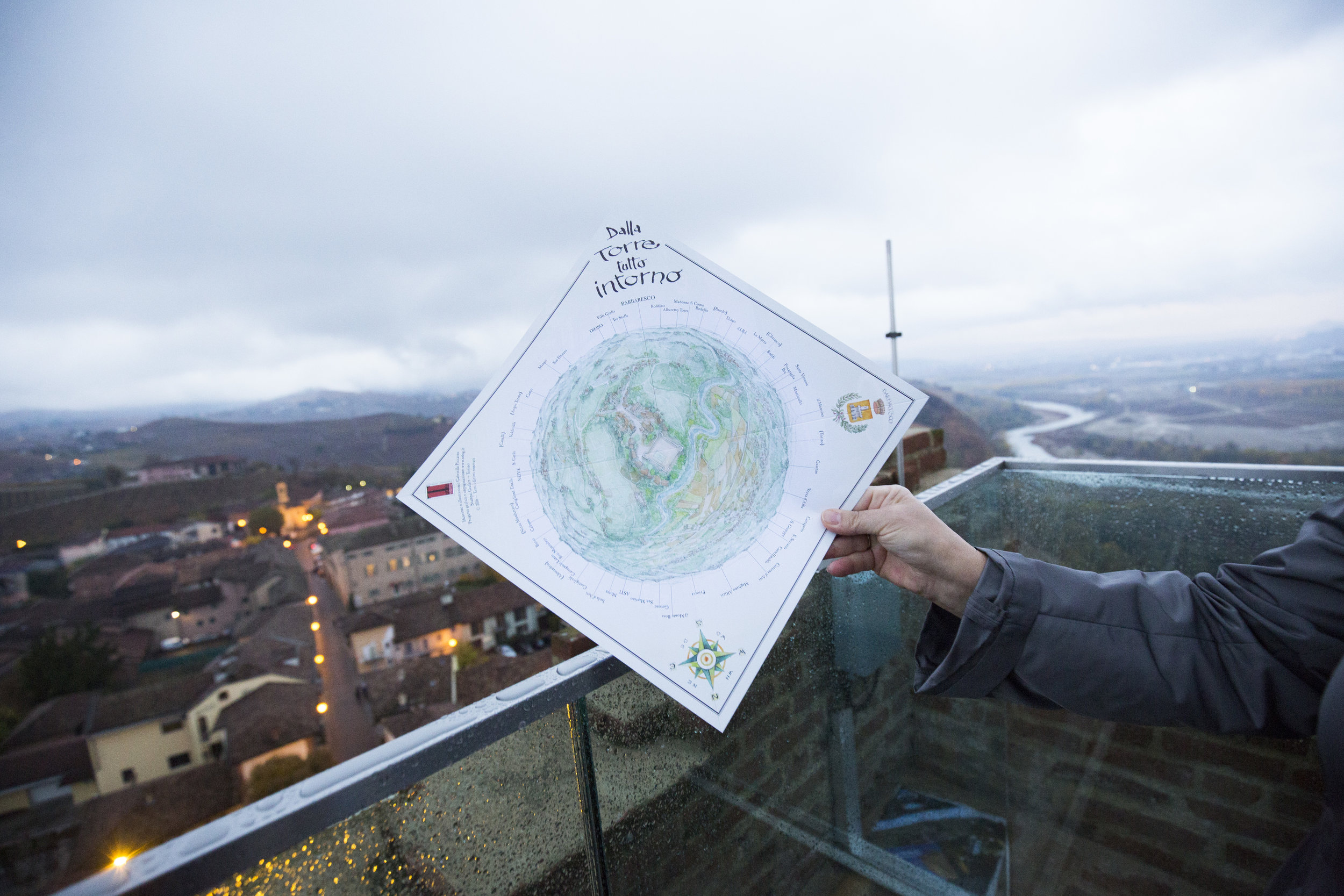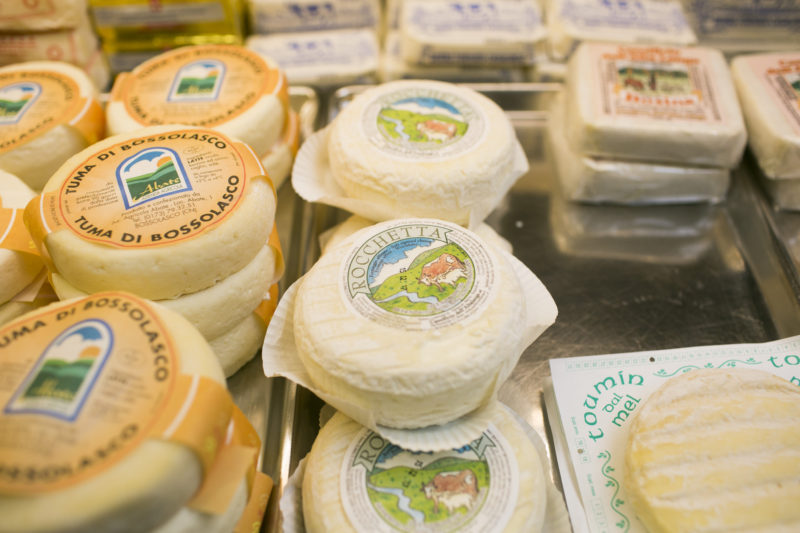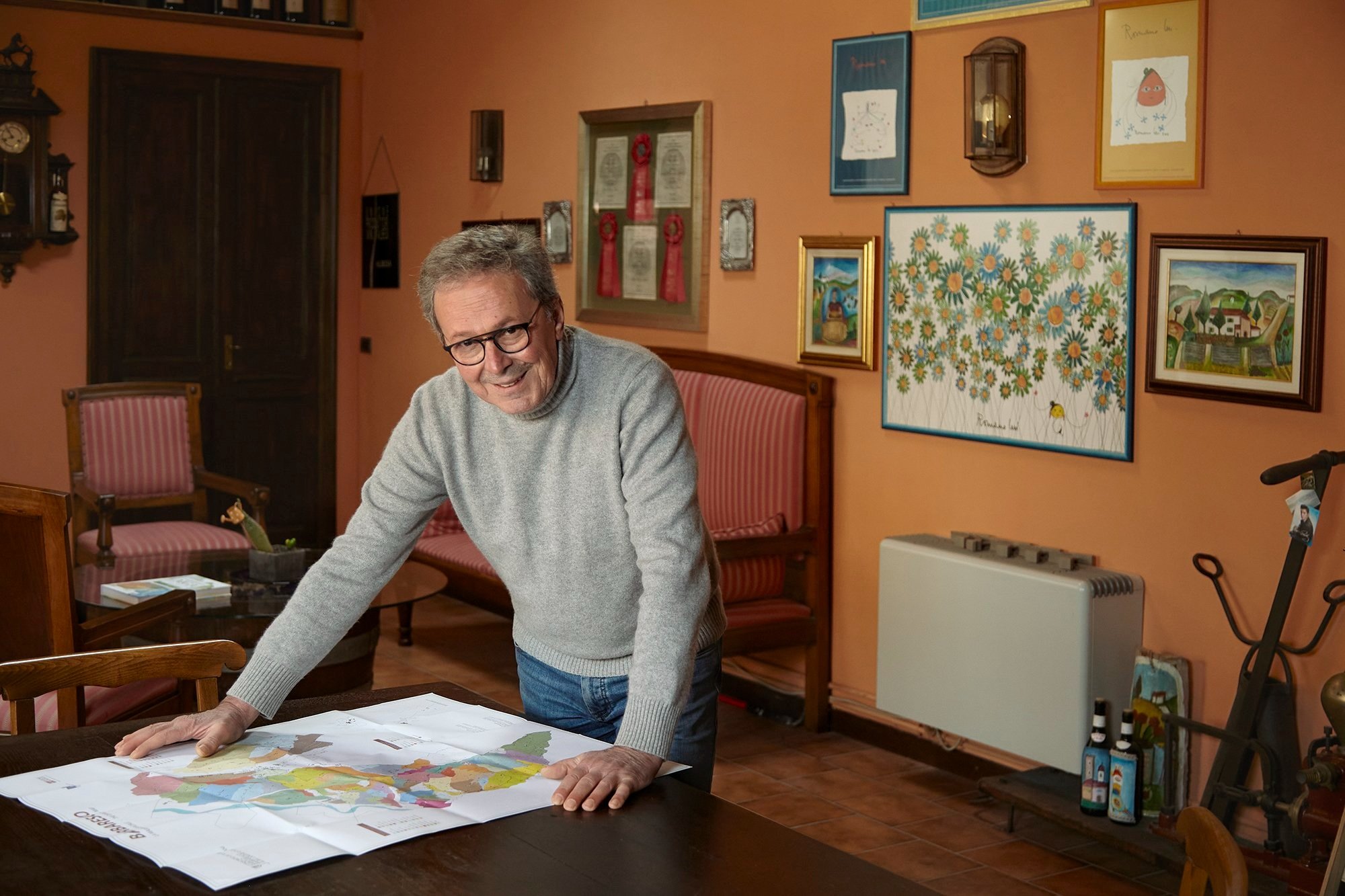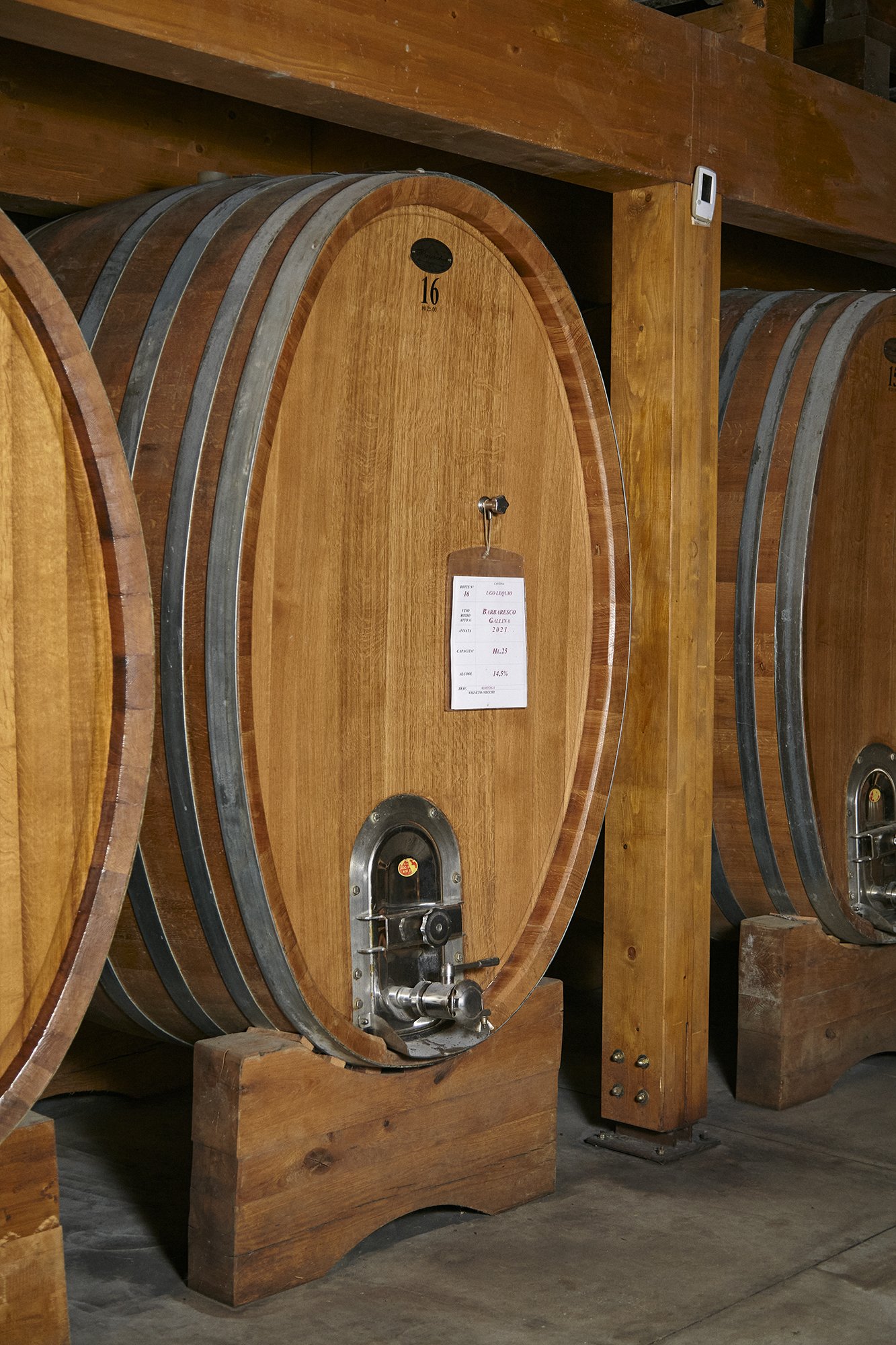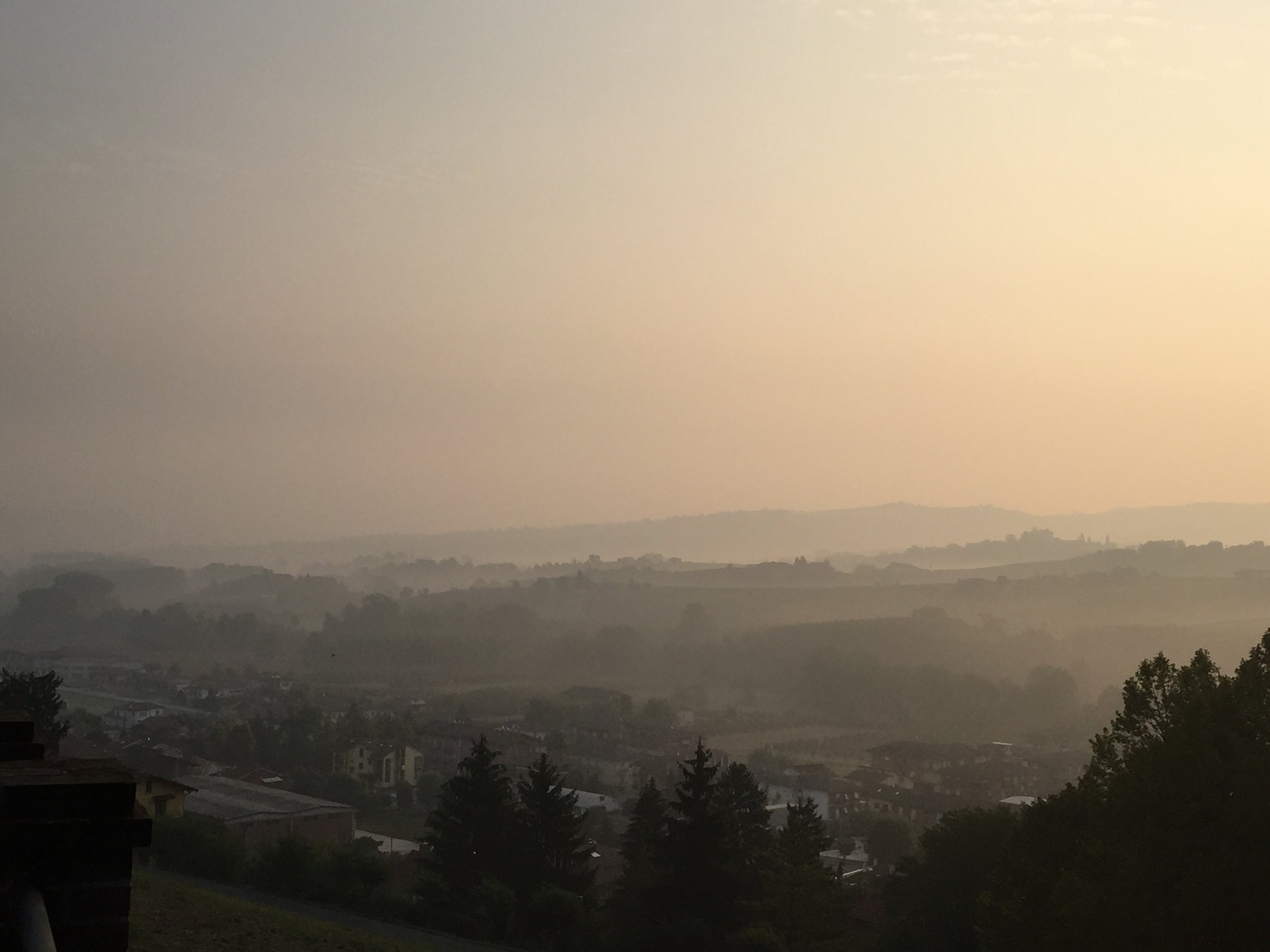Barbaresco Wine Tour Travel Guide - Where to Eat Sleep & Drink
/by: Amanda
Tips from a local; the insider guide to Barbaresco wine area.
Barbaresco one of the major wine making areas in the Langhe region, in Piedmont, Italy. Here you have the more elegant side to the Nebbiolo grape. Barbaresco is made up of 4 villages and is a much smaller region than the neighbor you know who, to the west.
In Barbaresco the altitude is much lower but the hillsides are much steeper and the views, well the views are just even more breathtaking. In Barbaresco we are lucky as they are 4 little sleepy towns just waiting to be waken up. Here is my guide of each town in Barbaresco wine area.
The Barbaresco Guide:
The Barbaresco village itself is touching the river Tanaro which divides the Langhe from the Roero. If you are into hiking, a walk along the river Tanaro is very nice and throughout the vineyards of Barbaresco to Neive there are many very nice paths. Talk to your hotel for the local walking maps.
Barbaresco Village Wine Lover’s guide:
Where to sleep: Agriturismo Cascina delle Rose
Here you will be welcomed like family by Giovanna and her sons. Located in the heart of Rio Sordo, considered one of Barbaresco Grand Cru, you are in a perfect position to reach easily activities all throughout the Langhe and Roero area. See also if you can get a tasting with Riccardo, the wine are amazing too!
Where to eat: Tastè
As the name implies, Taste, at this restaurant the idea of dining is quite fun as everything is meant to be served in share plates or small portions. So you can embark on a culinary journey to taste your way through the whole menu. This is a great place for larger parties of 4 or more.
Where to drink: La Barrique
On your way into the city center of Barbaresco, you can find this little caffe, wine bar looking out over the Tanaro river. Here you can grab a nice bite to eat or simply just sit outside enjoying the view, sipping on a nice glass of Barbaresco wine, while watching the people walk by.
Winery visit: Bruno Rocca
This small family run winery is making some amazing long lived Barbaresco in the area. A visit to this winery is a must, as they will first hand walk you through the Barbaresco production area, how the wines are made and give you a very interesting and stellar tasting. A reservation is a must.
Because one is never enough! Tenute Cisa Asinari dei Marchesi di Gresy
The history of the family who has owned this estate since 1797, gives you a tour with lots of history of the Barbaresco area, and its wines. Being the only monopol in the Barbaresco area, to taste the Martinenga cru, especially at the source is something quite wonderful.
Treiso Village Wine Lover’s guide:
Where to sleep: Villa Incanto
A cute little place to stay that is right next to the restaurant Tornavento is Villa Incanto. Here they have a wonderful view of the Langhe, equipped with a swimming pool and located in a quiet part of the town Treiso.
Where to eat: La Ciau di Tornavento
In Treiso there is a very important 1 Michelin starred restaurant called La Ciau di Tornavento. You might have heard this name before because they are placed in many magazines for their incredible wine cellar.
Because one is never enough
I must mention Osteria dell’Unione. A small family run Osteria making some great examples of the typical Piemontese cuisine. Please note that this place does not accept credit cards.
Winery visit: Giuseppe Nada
Located on the main road heading up the hill to the town of Neive, you can catch a glimpse of all of the Barbaresco vineyards from here. The wines of Giuseppe Nada are elegant examples of Nebbiolo and Barbaresco at its finest. A visit here you are welcomed with warmth from the whole family.
The Neive Village Wine Lover’s Guide:
Where to sleep: Borgese
If you are looking for an architecturally stimulating place to stay, look no further than here. This small hotel was once one of the historic homes of Neive now beautifully renovated for guests to stay in comfort.
Because one is never enough: Al Palazzo Rosso
A very cosy and hip boutique bed and breakfast, here they have restored an old home in the city center that only has 4 rooms to rent. If you rent the suite, then you get access to the rooftop balcony!
Where to eat: L’Aromatario
This place I recommend getting a reservation as they tend to always be booked. The wine list is very hip with a good selection, but the handmade pasta is TOP.
Where to drink: Al Nido della Cinciallegra
This place is my watering hole, as many evenings before dinner I will stop by here to have a chat with friends and a glass of wine. If you are in the mood to taste some more Barbaresco, you can ask to do a Barbaresco tasting, where they will pour for you several examples to taste.
Winery visit: Ressia
Fabrizio is very proud and passionate about the wines he is making and has every right to be. He makes a very interesting dry Moscato as well as a wonderful Barbera d’Alba and Barbaresco. A small family farm they work only 5 hectare of land and the winery welcome could not be warmer. Ask about his Barbaresco Riserva Gold Label.
The San Rocco Seno d’Elvio fraction of Alba Village, Wine Lover’s Guide
Where to sleep: Mia Clara
This family run hotel is nestled in the vineyards of Barbaresco area. What once was an old farmhouse has been beautifully restored into a small Relais. Here if you are looking for peace and quiet and a place away from the crowds this is it.
Winery visit: Adriano
A small family run winery who are very much in-tune with the area of both Barbaresco and Alta Langa. They not only make some wonderful examples of Barbaresco, but they also have hazelnut groves, and make their own Cugna (a Piemontese chutney that typically pairs with cheese). A visit to this wonderful cellar is a must.
Other articles you might enjoy:
Wine Tasting In Langhe, Walk-in Tasting Rooms
The Ultimate Barolo Wine Tour Guide: Where to Eat | Drink | Sleep
